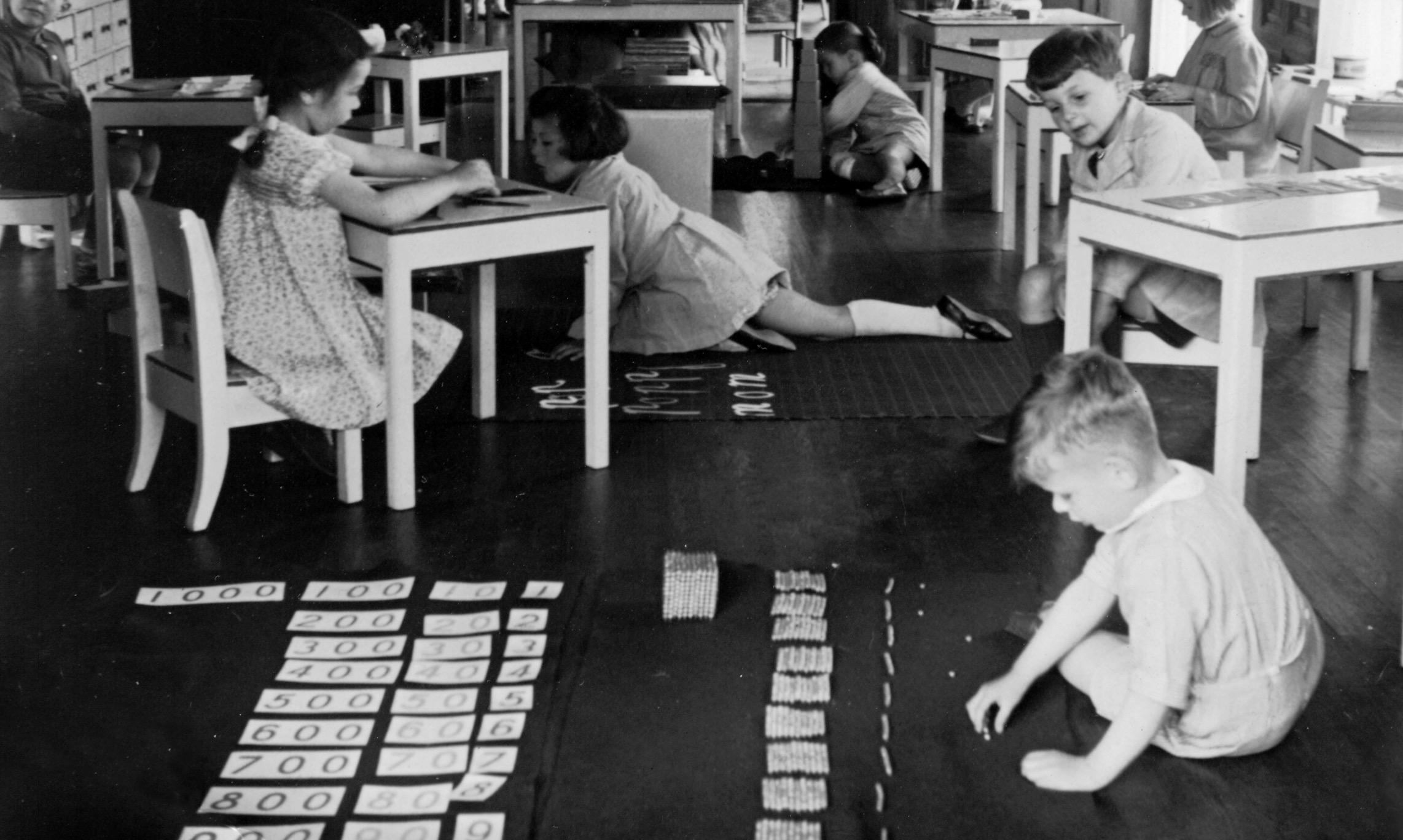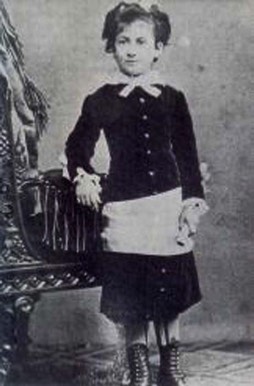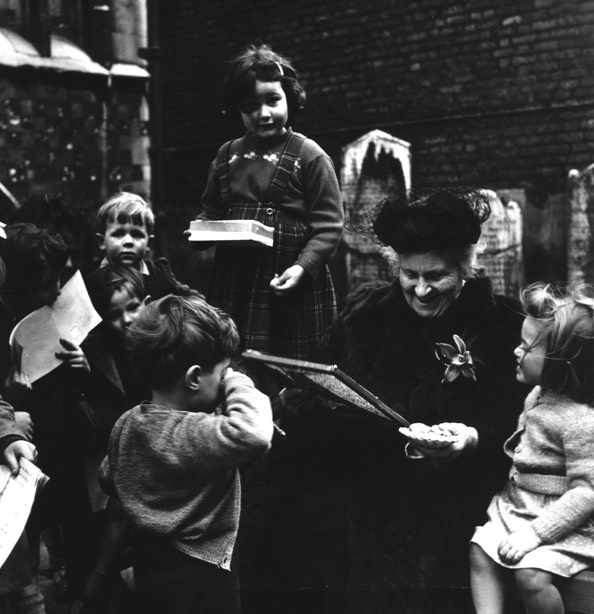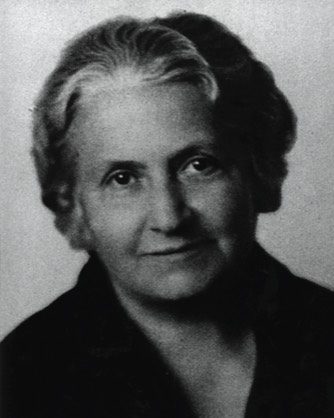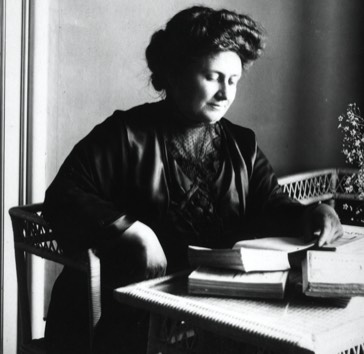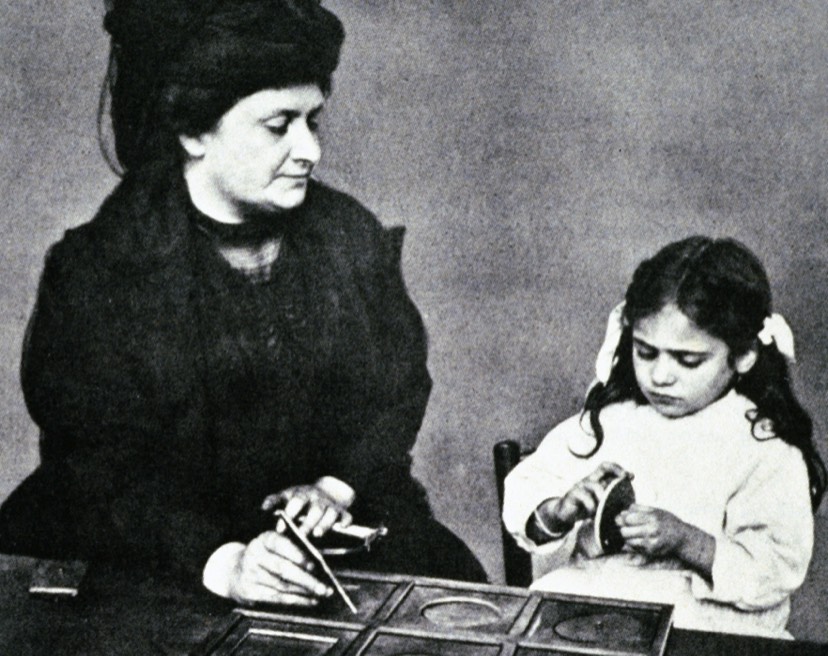Dr. Montessori was so convinced, that these mentally deficient children could be helped, that she traveled to London and Paris to study the work of two pioneers in this area, Jean Itard and Edouard Seguin. She was subsequently greatly influenced by their ideas and methods. Jean Itard (1775-1838) who lived through the French Revolution, made a particular study of deaf mutes. Over several years Itard attempted to educate and humanize a retarded boy, who was found abandoned in the forest of Aveyron. An account to his efforts is given in a book he wrote, called "The Wild Boy o Aveyron". This book is well worth borrowing from library and reading, as it contains the roots of many Montessori ideas. Edouard Seguin (1812-1880) was a student under Itard and he later founded his own school for deficients in Paris. Seguin described his method as physiological as he began by educating the muscular system and senses. Starting by teaching "idiots" how to walk, he guided their learning through a series of increasingly complex activities. Firstly he taught them how to maintain balance and equilibrium in most difficult movements. Once they had achieved this, he led them on through a series of increasingly difficult exercises, to finally making judgments based on muscular and other senses. All of this activity was grounded in the practice of touching, hearing, smelling, seeing and tasting.
